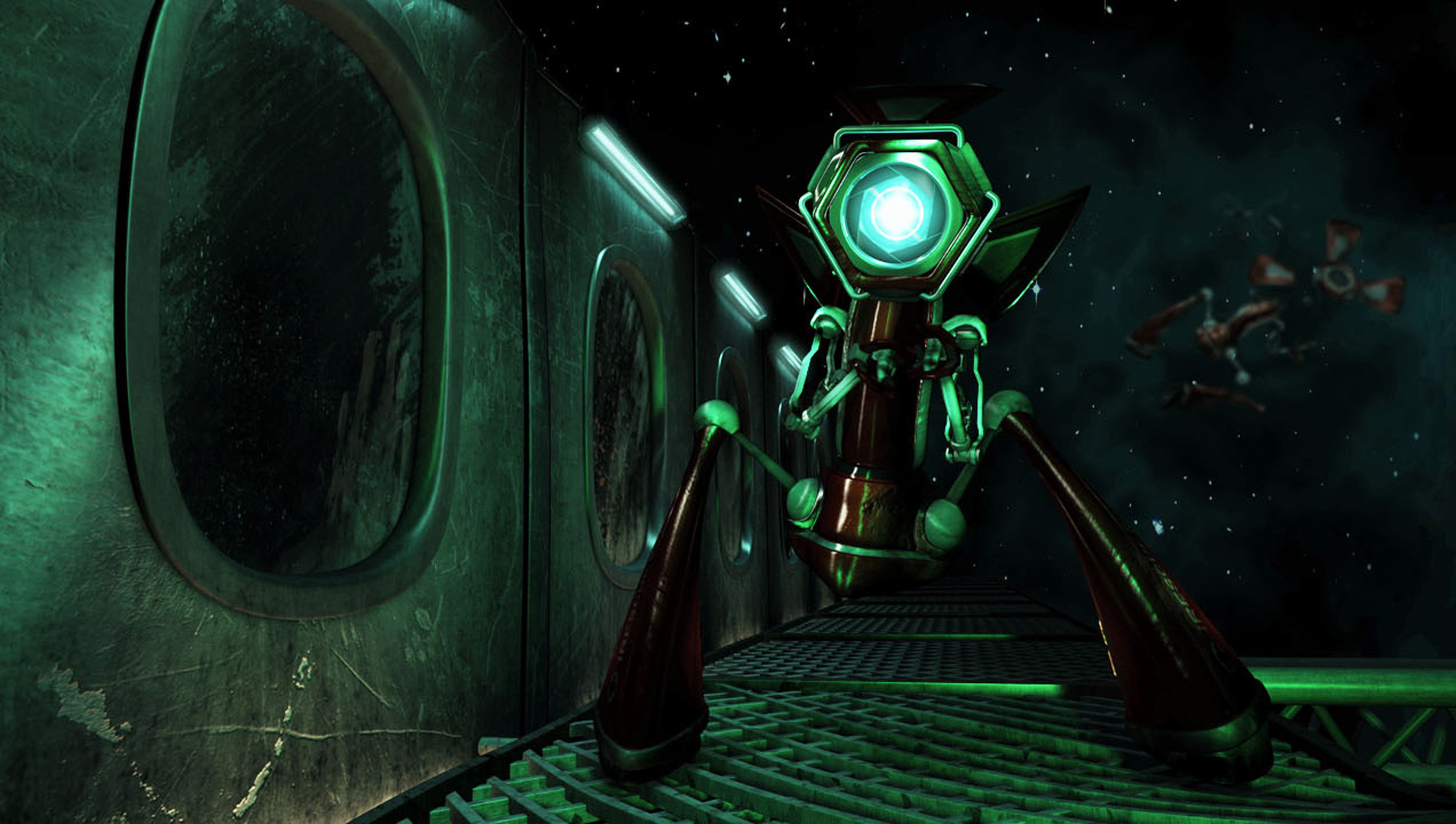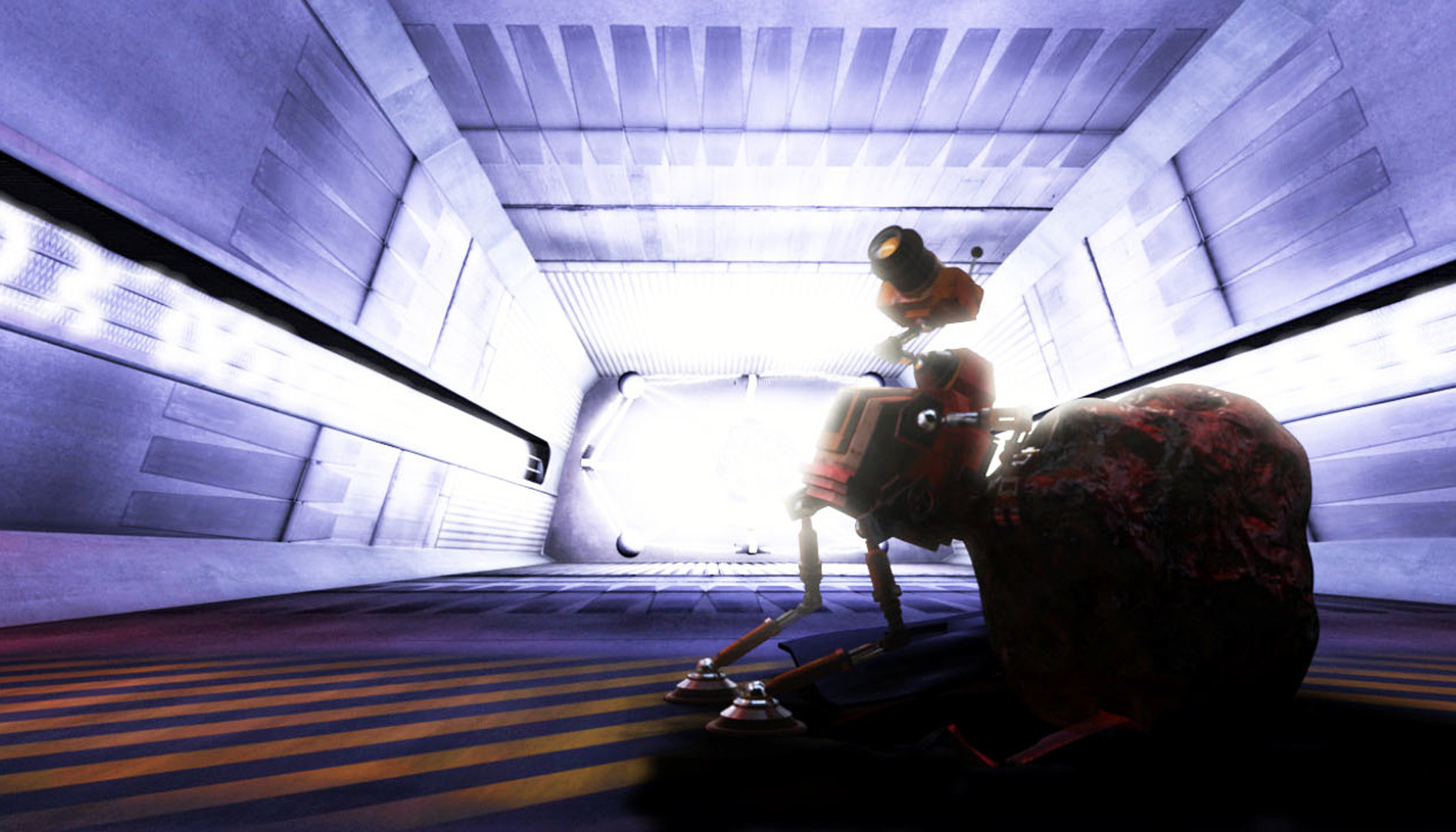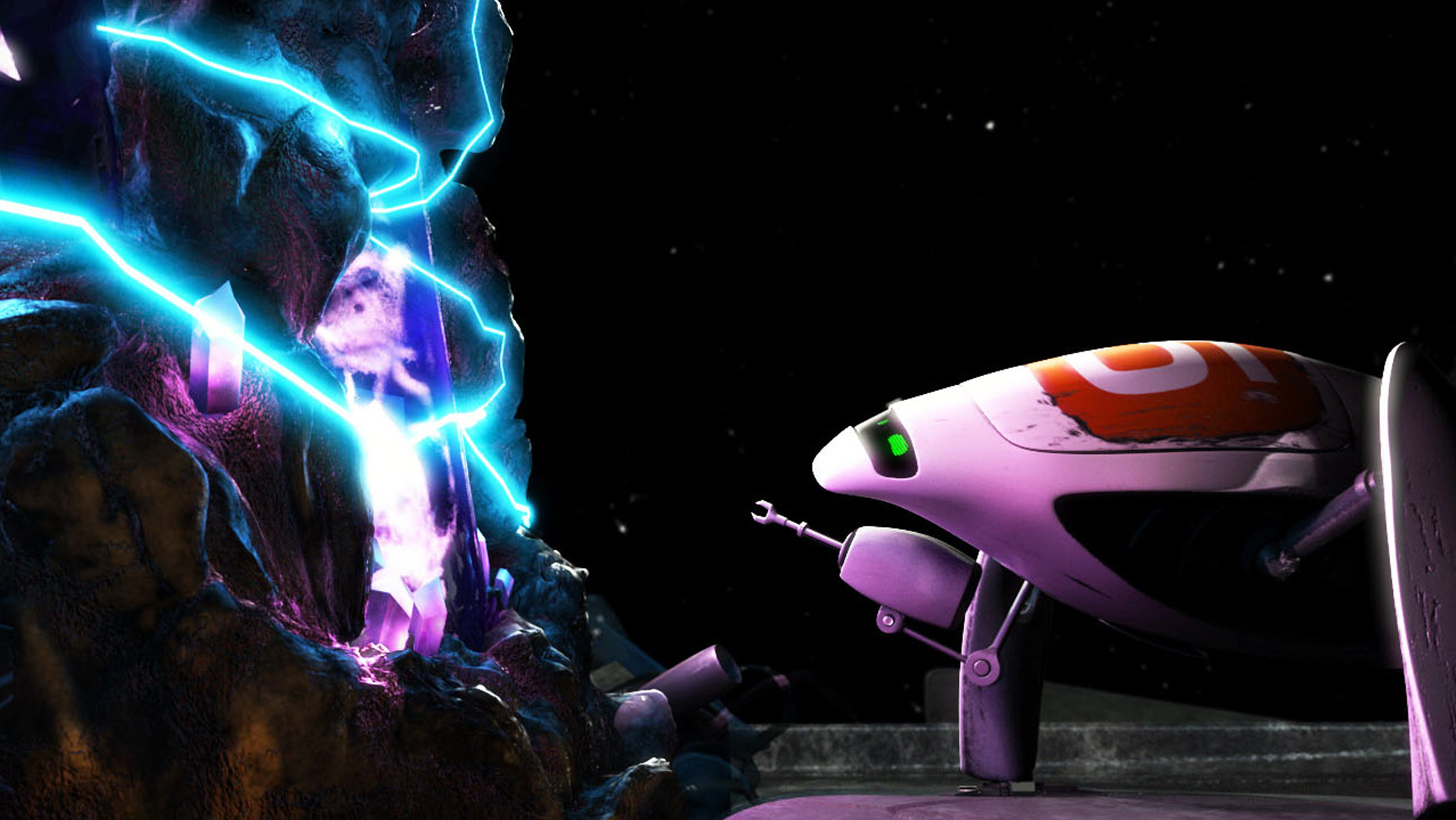“Revolution – Evolution: The Collaboration Forges On” by McNamara, Walvoord, Friedman and Montalvo
Notice: Pod Template PHP code has been deprecated, please use WP Templates instead of embedding PHP. has been deprecated since Pods version 2.3 with no alternative available. in /data/siggraph/websites/history/wp-content/plugins/pods/includes/general.php on line 518
Conference:
- SIGGRAPH 2011
-
More from SIGGRAPH 2011:
Notice: Array to string conversion in /data/siggraph/websites/history/wp-content/plugins/siggraph-archive-plugin/src/next_previous/source.php on line 345

Notice: Array to string conversion in /data/siggraph/websites/history/wp-content/plugins/siggraph-archive-plugin/src/next_previous/source.php on line 345

Type(s):
Title:
- Revolution - Evolution: The Collaboration Forges On
Presenter(s):
Description:
Education is on the brink of a revolution. Technological advances and changes in organization allows us to teach, and learn, with innovative tools in ways that only a few years ago were inconceivable. Geographical boundaries are no longer an issue. While this will have a deep impact on distance education, it also impacts how we meet, communicate and collaborate. Communication suites facilitate easy sharing of work, ideas and feedback across miles, and across time zones. While this type of collaboration is now a daily occurrence in global conglomerates, the academic realm is still working to catch up in fully exploiting these tools to the benefit education. Educators and students need to harness communication technology to remain competitive in todays global world. The internet was originally developed by academics primarily for use as a communication tool within and between educational institutions. Instead internet use spread wider than anyone every dreamed, and has now infiltrated all areas of our lives. A similar paradigm shift now has the potential to explode collaborative effort and transform the learning process through fast, cost-efficient communication. At Texas A&M Universities’ Department of Visualization we strive to push the boundaries of education by relying heavily on input from the very industries our graduates hope to work for. Our challenge is not only to provide our students with the best possible skill set across the disciplines of Art and Technology, but also to evolve from a system of simple knowledge transfer to a new system that enables graduates to leverage their knowledge within collaborate environments. As the business world “flattens” and disciplines (including production) “are becoming so complex that no single firm or department is going to be able to master them alone.”, [Friedman 2005], graduating students will rely on their abilities to forge new networks and collaborations to survive and thrive in our shrinking global economy. One exciting way that students at A&M gain insight into how necessary these collaborative skills are is through a ten-week program which runs each summer in the Department of Visualization (Please see [Walvoord et al. 2009] for a full course description). While the students produce stunning animations (see supplemental movies) the magic of this course is not the product but rather the processs that occurs. It is amazing to watch the students mature and elevate their skills of communication and collaboration. Each Dreamwork professional’s visit lasts five days. It is not possible for the artist on-site to teach all things to all students in this time frame, so learning occurs in smaller student groups and those groups then disseminate their newly learned skills to the rest of their team, and across teams. Also, collaboration continues, after the professional left Texas, through the use of (cost effective) state of the art collaboration tools currently available.









